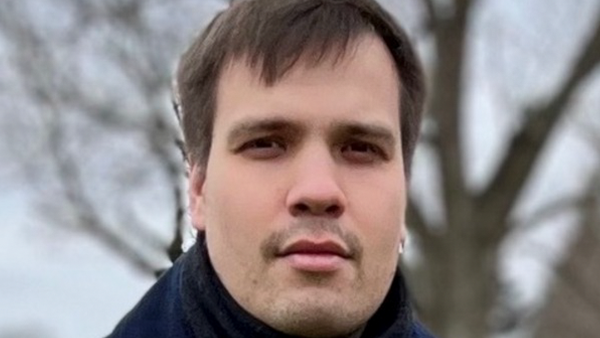
Mark your calendar and please join us for the ND Energy Faculty Luncheon Fall 2023 Seminar Series from 12:30-1:30 p.m. in B01 McCourtney Hall. This series highlights specific research topics with talks by Notre Dame faculty followed by group discussions focused on (1) cross-disciplinary basic research needs, (2) potential avenues for external and internal collaborations, (3) funding sources to target, and (4) 'follow-up actions' that we can track. All interested faculty are invited to attend. With your active engagement and participation, we hope to have a stimulating and inspiring exchange of ideas and explore new directions for cross-collaborations. Please respond to the calendar invitation by 9:00 a.m. the Monday before each seminar to ensure a sufficient number of lunches. If you have any questions, please contact Dr. Subhash L. Shinde.
- Wed., Aug. 30, "Semiconductor Architectures: Nano-Scale Solutions for Macro-Scale Carbon Challenges" by Prashat Kamat
- Fri., Sept. 22, "Planning the Mid-Transition: Aligning Fossil Phase-out and Zero Carbon Phase-in for Just Decarbonization" by Emily Grubert
- Wed., Oct. 25, "Quantum Heavy Fermion Simulator in Moiré Materials” by Petr Stepanov
- Wed., Nov. 15, "Do Green Building Cost More" by Ming Hu
- Thur., Dec. 7, “Using High-resolution Numerical Tools for Understanding Geophysical Processes Relevant to Energy Generation" by David Richter
October 25: "Quantum Heavy Fermion Simulator in Moiré Materials" by Petr Stepanov, Assistant Professor, Department of Physics & Astronomy

Abstract
The unexpected discovery of superconductivity in magic angle twisted bilayer graphene immediately generated a wave of intense theoretical and experimental research attracted by its rich phase diagram, which seemingly resembles ones of copper-oxide high-temperature superconductors. Originated in the low-energy narrow electronic bands, a family of magic angle graphene compounds hosts a collection of exotic phases including but not limited to superconductivity, correlated insulators, topological and magnetic orders. Compared to other strongly-correlated systems, 2D multilayers offer a unique opportunity to tune the charge carrier density in situ and adjust system properties in other ways (for example, by alternating the distance to the gate or varying the dielectric environment), thus offering a potentially faster progress in understanding the underlying microscopic mechanisms governing its strong correlations. While the seemingly disagreeing electronic transport and scanning tunneling microscopy experiments brought up a controversy about the locality of the Wannier orbitals in these materials, a definitive experimental evidence merging two patterns together has been much coveted. Here I discuss on the first local thermoelectric measurements in the flat electronic bands of the twisted symmetric trilayer graphene (TSTG). We use a cryogenic near-field optical microscope with an oscillating atomic force microscopy (AFM) tip irradiated by infrared photons to create a nanoscopic hot spot in the planar samples. We observe a breakdown of the non-interacting Mott formalism at low temperatures (~10 K) signaling an importance of the electronic interactions in PV generation. Explained by the interacting topological heavy-fermion model, our data suggest a spatial variation of the interaction strength dependent on the local twist angle. These experimental findings provide the first evidence of heavy fermion behavior in the topological flat bands of moiré graphene and epitomize an avenue to apply local thermoelectric measurements to other strongly correlated materials in the disorder-free limit.
Biography
Professor Petr Stepanov is a member of the Condensed Matter Physics group at University of Notre Dame and the Stavropoulos Center for Complex Quantum Matter. He received his PhD degree from the Ohio State University, Columbus, OH in 2018 followed by the Marie-Skłodowska Curie postdoctoral fellowship training at the Institute of Photonic Sciences in Barcelona, Spain. He joined the Department of Physics and the Stavropoulos Center in January 2023. Prof. Stepanov uses two-dimensional materials for studying emergent quantum phenomena with multiple experimental approaches including microscopic high-quality 2D crystal assembly, cryogenic near-field and far-field spectroscopy and quantum electronic transport.
Originally published at energy.nd.edu.